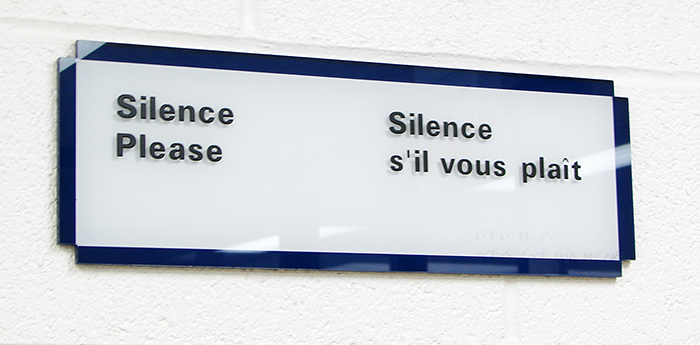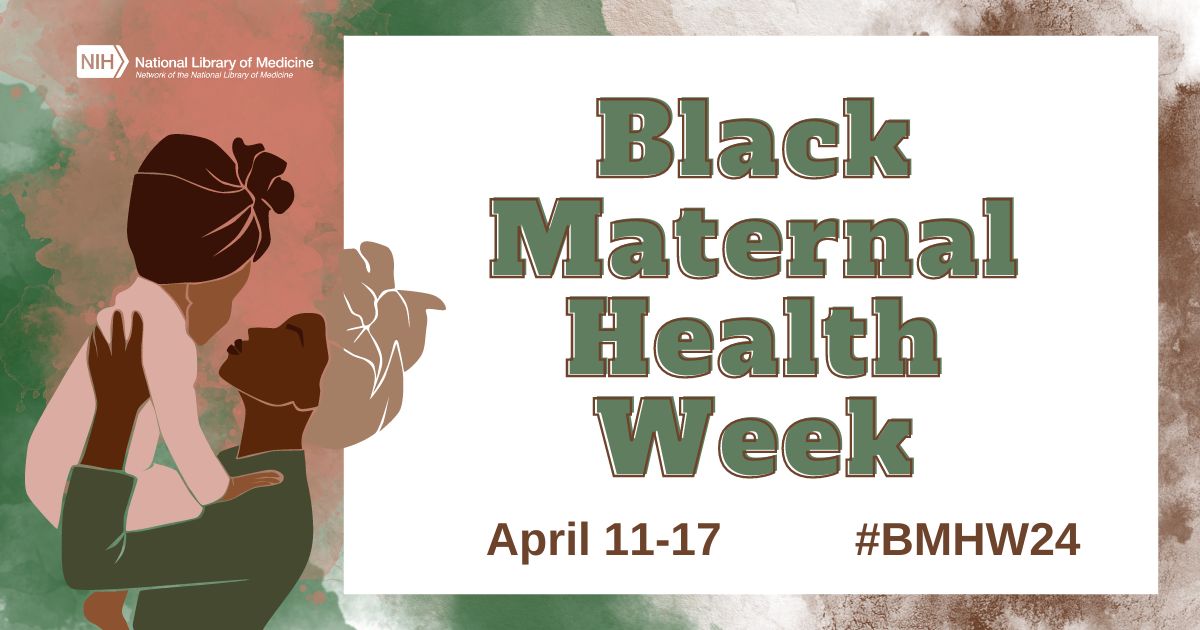Take a Fresh Look at Your Library

One of the most important years of my life was 1983. I started kindergarten that year. The girl that would later become my wife also started kindergarten that year. Another important happening in 1983 was that one city’s Friends group donated funds to get a security gate for its public library. A plaque commemorating the event was prominently placed on the wall near the library’s entrance, where it remains today. As a frequent visitor of that library, I sometimes wonder about the history of the plaque. Here’s what I imagine:
1983 – Due to the generosity of the Junior Society, the library now has its first security gate. A newer technology at libraries, this device will help the library manage its collection and prevent theft.
1984 – After one year, fewer items are missing that the library. The library is very grateful for the generosity that made this possible.
1988 – A five year study reveals that the library’s security gate was a wise investment.
1989 – The security gate plaque becomes self-aware and realizes that it is a beautiful, healthy six-year-old emblem of the library’s story. She has taken the name of “Placky.”
1990 – Placky celebrates the New Year by remembering the approximately 3.5 million people she has seen enter the library during her seventeen years at the library.
1995 – While Placky feels as strong as ever (being composed of solid wood and bronze), she has become quite concerned about her old friend, the security gate, which has not been under warranty from a few years. Placky decides to make it her personal campaign to bring attention to the security gate’s deteriorating condition.
2000 – After 16,640 hours of trying to get noticed, Placky has decided that either her lamentations are inaudible to the human ear or her requests were deemed unimportant.
2005 – It has been twenty-one years since Placky first came to the library. She has watched youngsters become parents and then grandparents. She has not fared well in the last few years as she does not remember things as well as she used to and has an odd feeling that there is something very important that she has forgotten.
2010 – After twenty-six years of loyal service, Placky’s spirit went to the great beyond. However, Placky’s body will remain on the library’s wall for the foreseeable future.
2013 – While no one remembers Placky, her exoskeleton remains prominently displayed at the library’s entrance. However, it seems that most people have no idea that she is there.
While meant to be light-hearted, I can’t help but experience a little amazement. Was it the original intent of the 1983 Library Commission to buy a security gate that would remain into 2013 (and beyond)? Has no one, at any point, considered that there would be a need to replace the gate? The fact that a plaque commemorating the original event is still prominently displayed at the library’s entrance could be difficult for any fan of successful public relations to understand. Not only is it prominently displayed, but it also is the only plaque of its kind in any public area. It is as if the library is declaring, “We did something a long time ago. We stopped immediately thereafter.”
Having been a library director since 2005, I have witnessed a few similar situations in my career. I suspect that most long-time library employees have had similar experiences. Complacency, neglect, and indifference can spell trouble for libraries. Here are a few things that may help you and your library to avoid these traps.
First, be aware of your library’s traditions. Traditions can be very healthy, but they can also become destructive forces. Periodically evaluating your library’s traditions for effectiveness and efficiency can go a long way in preventing Placky situations.
Secondly, look at your library’s procedures from fresh points of view. Periodically imagine that you are walking through your library for the first time. Why are things located as they are? Why are patrons asked to observe rules as the currently exist? If things seem outdated, it probably is a good time to engage in institutional conversations about policy and procedural changes.
Finally, be willing to bring in outside assistance. Hiring a consultant, preferably one with no previous long-term connection with the library, can be very rewarding in providing a fresh view of the library and the library’s message.
Placky remains at the library that inspired this blog entry. Her story may be interpreted differently by other library users. However, I can’t help but smile as I think that whatever Placky’s story is, it would be very intriguing to hear.








